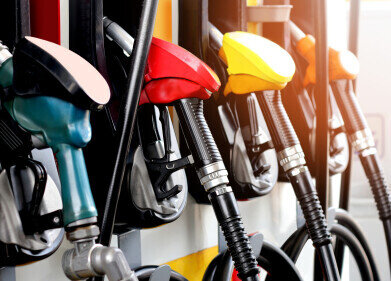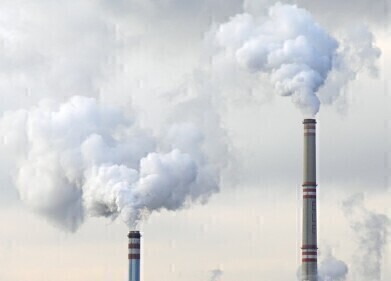Synthetic Fuels
How Are Synthetic Fuels Made?
Nov 13 2022
From recreational vehicles to passenger planes, synthetic fuels are reimagining how we get from A to B. With the potential to slash greenhouse gas emissions and address issues like global warming and air pollution, some experts hail synthetic fuels as the missing link in the transition to a zero carbon economy. Want to know more about how synthetic fuels are made? Read on for a closer look.
Defining synthetic fuels
The definition of synthetic fuels varies depending on who you ask, though as a general rule they should not use fossil-derived feedstocks and should be manufactured using made using renewable power. Sustainable industrial processes such as electrolysis, thermal reactions and carbon capture are used to manufacture synthetic fuels.
Synthetic fuels vs biofuels
British sustainable energy company Zero Petroleum says it’s important not to confuse synthetic fuels with biofuels. The main difference is where the feedstocks are sourced from. Synthetic fuels use processes like electrolysis to split water into hydrogen and oxygen atoms. The isolated hydrogen is then combined with atmospheric CO2 to create liquid fuels with identical properties to fossil fuels.
In comparison, biofuels rely on organic biomass materials. For example, in Scotland homegrown company Celtic Renewables is using whisky distillation by-products to manufacture eco-friendly ethanol, acetone and butanol.
“Only 10% of what you put in the front end of the distillery actually ends up as whisky maturing in a barrel afterwards,” explains Celtic Renewables founder, Martin Tangney. “So these other two dominant residues - the barley and the pot ale - need to be disposed of.”
The downsides of biofuels
While biofuels also have enormous potential, they do receive their fair share of criticism. When feedstocks like sugar and corn and purpose grown, the environmental impact of biofuels is high. Biofuel manufacturers are also dependent on highly specific raw materials. For example, whisky by-products, algae and municipal waste. Manufacturing processes can also be complex, expensive and difficult to scale up.
Creating a circular carbon cycle
For Zero Petroleum, the ultimate goal of synthetic fuels is to create a circular carbon cycle. By using sustainable power and environmentally responsible industrial processes, the company hopes to create 100% fossil-free “drop in” fuels compatible with existing combustion engines.
“The process of manufacture and consumption is fully circular - creating an industrial carbon cycle which can continue indefinitely in balance with the environment, just as the biological carbon cycle has done for billions of years,” reads the Zero Petroleum website.
Want to know more about what’s on the horizon for synthetic fuels? We cover the latest developments from Porsche, The Royal Air Force and more in ‘Synthetic Fuels - What, How & Why’.
Digital Edition
PIN 25.3 June/July
June 2024
Analytical Instrumentation - Recent Advances In Various Bench Scale Accelerated Oxidative Testing Methods For Fuels - Petrochemical Industry: Anton Paar Solutions Streamline Processes, Reduce H...
View all digital editions
Events
Jul 30 2024 Jakarta, Indonesia
Jul 30 2024 Jakarta, Indonesia
China Energy Summit & Exhibition
Jul 31 2024 Beijing, China
Jul 31 2024 Chengdu, China
Aug 05 2024 Moon Township, PA, USA



















